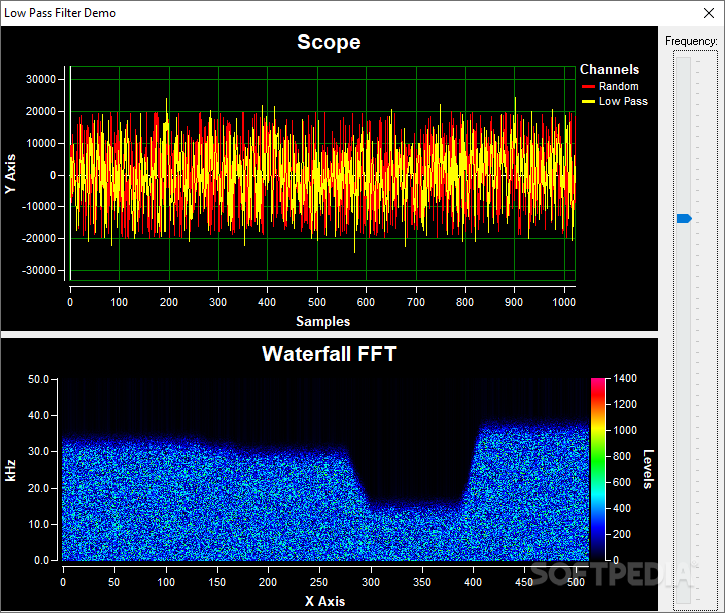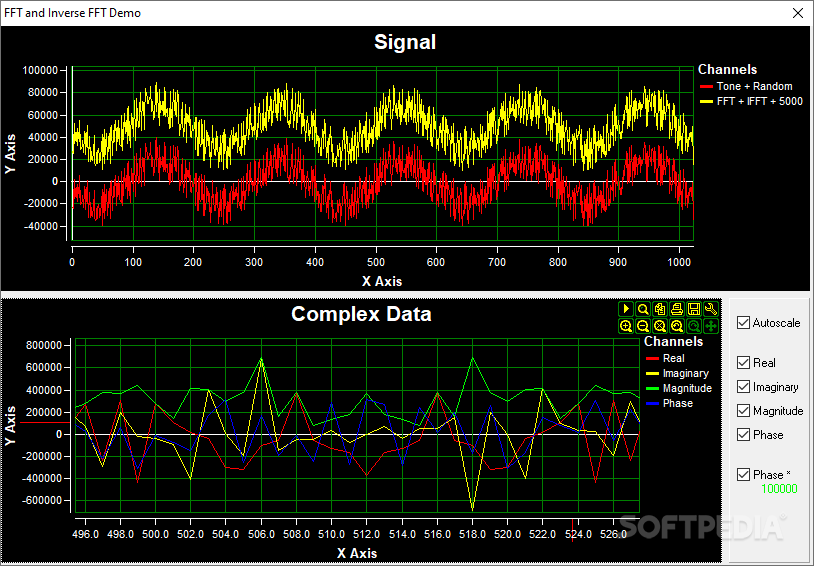Description
SignalLab VC++
SignalLab VC++ is a handy package that comes with everything you need to generate, output, and manage dynamic signals. This tool makes it super easy to handle fast data stream processing using DSP. Now, if you're wondering what DSP is, it's just digital signal processing—kind of like the high-tech version of handling signals compared to the older method called analog processing.
Understanding Signal Processing
So why do we care about these signal processing techniques? Well, each one has its own needs when it comes to hardware. DSP gives us a boost in how we transmit data and compress it. It does require more resources than analog processing since analog only uses passive components and usually needs less computing power.
A Look at SignalLab Components
The SignalLab library is pretty extensive. It includes three versions of components: there’s an MFC compatible Visual C++ version, a .NET version for 4.0, 4.5, and up, plus a VCL - Firemonkey version for Delphi/C++ Builder/RAD Studio 10.3. All these versions (including our buddy SignalLab VC++) have been designed to work well with Windows and can run on both 32-bit and 64-bit systems.
Features You’ll Love
This library component is like an all-in-one toolkit! You can expect tools that help you generate, process, play, analyze, and even record digital signals—all while showing you the results. Plus, these components can mix different incoming signal sources and display everything nicely.
Applications of SignalLab VC++
SignalLab VC++ comes packed with loads of generation, conversion, timing, and transformation components. You can use this library for real-time data acquisition, process control, (digital) signal analysis, data visualization—basically anything that involves working with signals! If you're keen to try it out yourself or want more info on this fantastic tool click here!
User Reviews for SignalLab VC++ 1
-
for SignalLab VC++
SignalLab VC++ is a powerful tool for generating and managing dynamic signals swiftly via DSP. Ideal for data stream processing.



